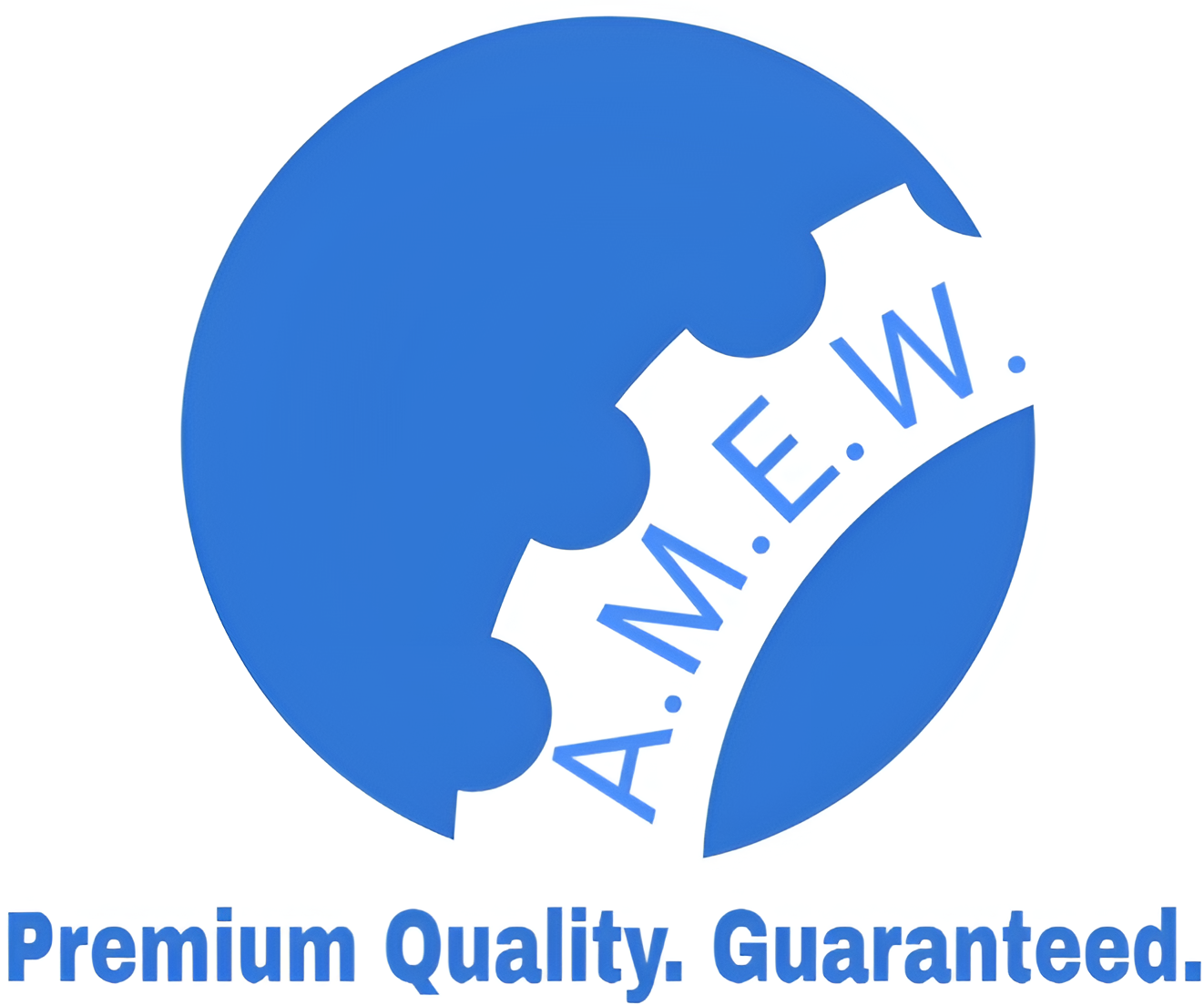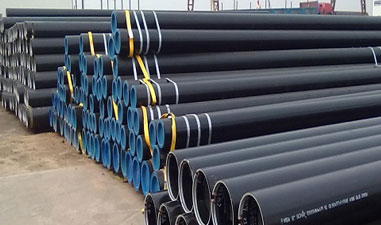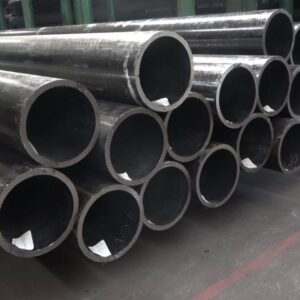Description
API 5L Grade B Seamless vs. Welded Pipe: Which is Better?
Table of Contents
- Introduction to API 5L Pipes
- What is API 5L Grade B Pipe?
- Seamless Pipe vs. Welded Pipe: Key Differences
- API 5L Grade B Seamless Pipe
- Advantages of Seamless Pipes
- API 5L Grade B Welded Pipe
- Advantages of Welded Pipes
- Key Differences Between Seamless and Welded Pipes
- Cost
- Structure and Strength
- Manufacturing Process
- When to Use Seamless vs. Welded Pipe?
- Comparison of API 5L Grade B and X52 Pipes
- Mechanical Strength
- Tensile and Yield Strength
1. Introduction to API 5L Pipes
The pipe industry serves numerous sectors with a wide range of pipe types for various applications. One of the most commonly used standards is the API 5L specification, which covers pipes suitable for transporting oil, gas, and water in pipelines across industries. API 5L Grade B is among the most frequently used grades for its balance of cost and performance. However, the decision between seamless and welded pipes remains a significant consideration when selecting the right pipe for your application.
2. What is API 5L Grade B Pipe?
API 5L Grade B is a standard carbon steel pipe material, often used for the transportation of oil and natural gas. It falls under the API 5L specification and has a minimum yield strength of 245 MPa (35,500 psi). It is available in both seamless and welded forms, each with its own benefits and limitations.
3. Seamless Pipe vs. Welded Pipe: Key Differences
Both seamless and welded pipes serve specific applications, but the decision between the two depends on several factors like cost, performance, and the conditions of use. Below, we explore these two types in detail.
4. API 5L Grade B Seamless Pipe
Seamless pipes are created by extruding or drawing solid steel billets, which are then stretched and hollowed into pipes. These pipes lack any welded seams, making them ideal for high-pressure applications.
Advantages of Seamless Pipes:
- No Welding Seams: Seamless pipes do not have any seams, which makes them inherently stronger and more resistant to failure.
- Higher Pressure Tolerance: Due to the absence of welded seams, seamless pipes are preferred for high-pressure environments.
- Corrosion Resistance: The absence of seams reduces the chances of corrosion, making them suitable for critical applications in corrosive environments.
- Uniform Strength: Seamless pipes offer uniformity in strength along the entire length of the pipe.
5. API 5L Grade B Welded Pipe
Welded pipes are made by rolling steel into a cylindrical shape and welding the edges together. The process is cost-effective and suitable for a wide range of applications, particularly for transporting fluids.
Advantages of Welded Pipes:
- Cost-Effective: Welded pipes are generally more affordable than seamless pipes, making them suitable for large-scale, non-critical applications.
- Variety in Sizes: Welded pipes are available in larger diameters than seamless pipes, making them suitable for applications requiring large pipe sizes.
- Quick Production: The manufacturing process for welded pipes is simpler and faster, enabling quicker turnaround times for large orders.
6. Key Differences Between Seamless and Welded Pipes
Cost:
- Seamless Pipes: Typically more expensive due to their complex manufacturing process.
- Welded Pipes: More affordable and readily available in a variety of sizes.
Structure and Strength:
- Seamless Pipes: Stronger and more reliable for high-pressure applications due to the lack of seams.
- Welded Pipes: While not as strong as seamless pipes, they are sufficient for lower-pressure applications and general use.
Manufacturing Process:
- Seamless Pipes: Produced by extruding steel billets into pipes, offering uniform strength along the entire length.
- Welded Pipes: Made by rolling steel and welding the edges together, which creates a seam that may introduce weak points in high-stress environments.
7. When to Use Seamless vs. Welded Pipe?
- Seamless Pipes are the better choice for applications requiring high pressure, corrosion resistance, and overall durability. These include oil and gas exploration, high-temperature operations, and chemical processing.
- Welded Pipes are more suited for less critical applications, such as water distribution, construction, and low-pressure fluid transport.
In general, seamless pipes are preferred for situations where reliability and strength are critical, while welded pipes offer cost savings for less demanding applications.
8. Comparison of API 5L Grade B and X52 Pipes
Mechanical Strength:
- API 5L Grade B: Offers a minimum yield strength of 245 MPa (35,500 psi).
- API 5L X52: Provides a higher yield strength of 360 MPa (52,200 psi), making it a superior option for applications where higher strength is required.
Tensile and Yield Strength:
- API 5L Grade B: Suitable for general applications, but not as strong as higher grades like X52.
- API 5L X52: The tensile strength and yield strength of X52 pipes are significantly higher, making them more durable and capable of withstanding greater pressures.






